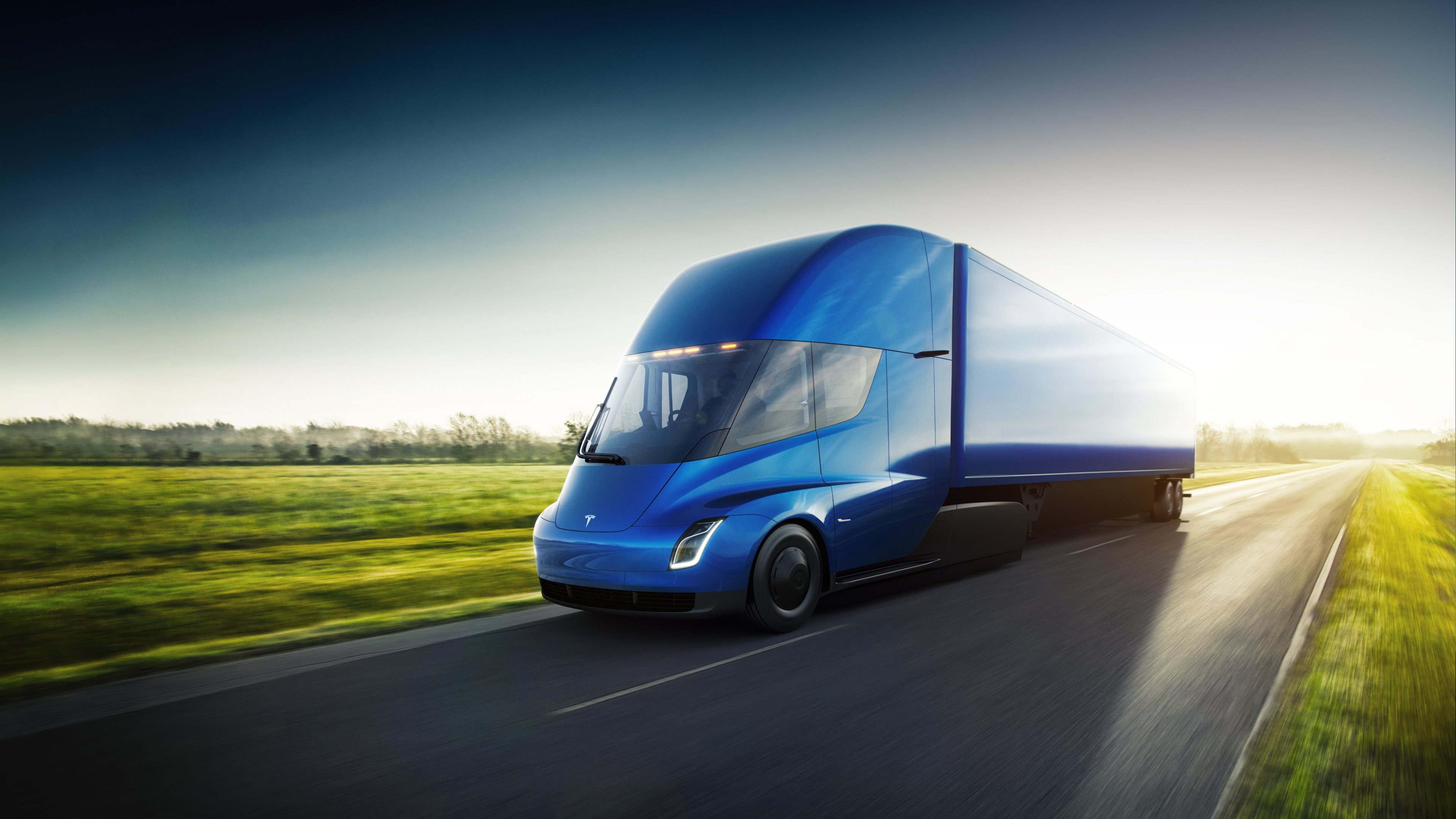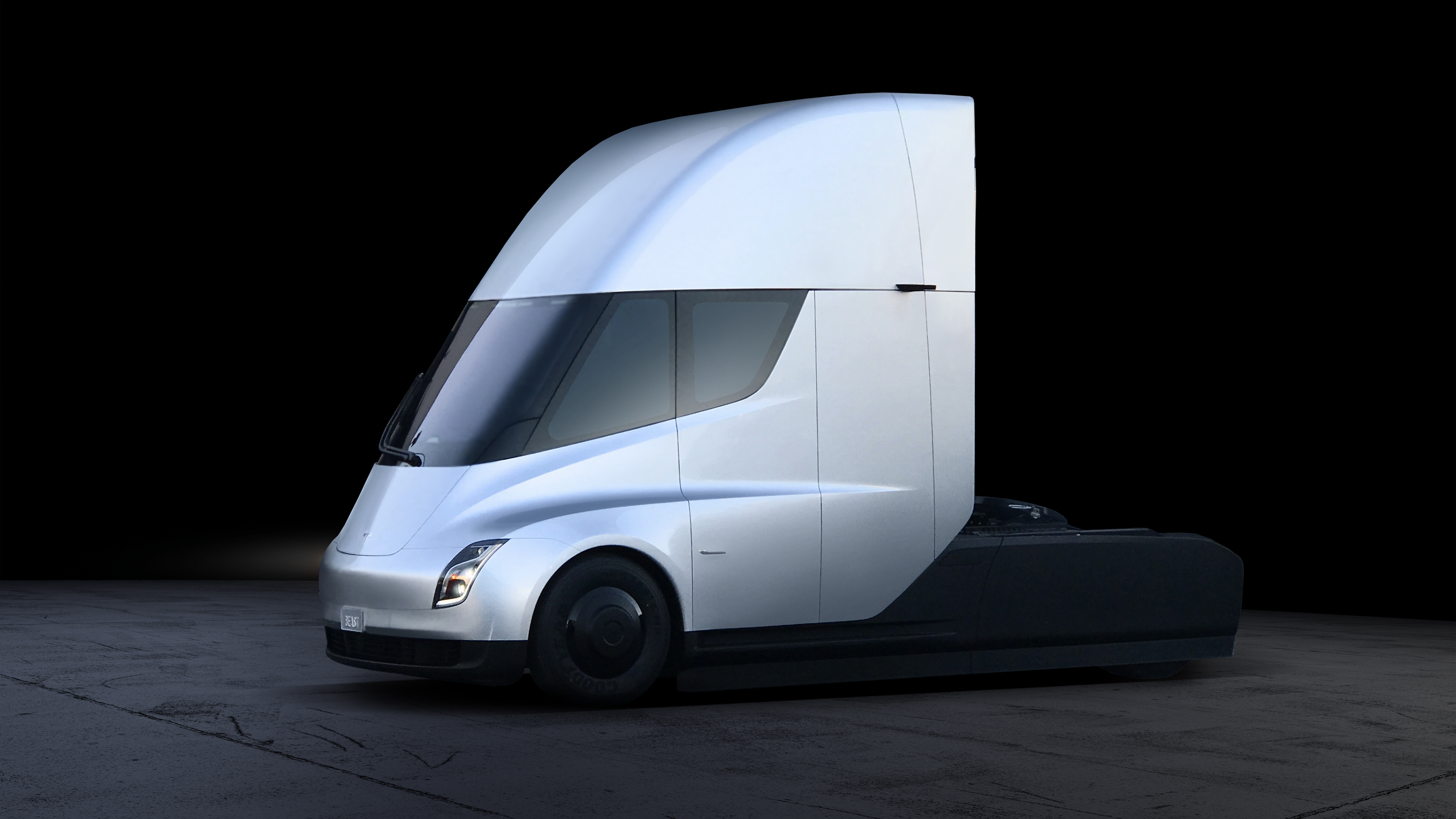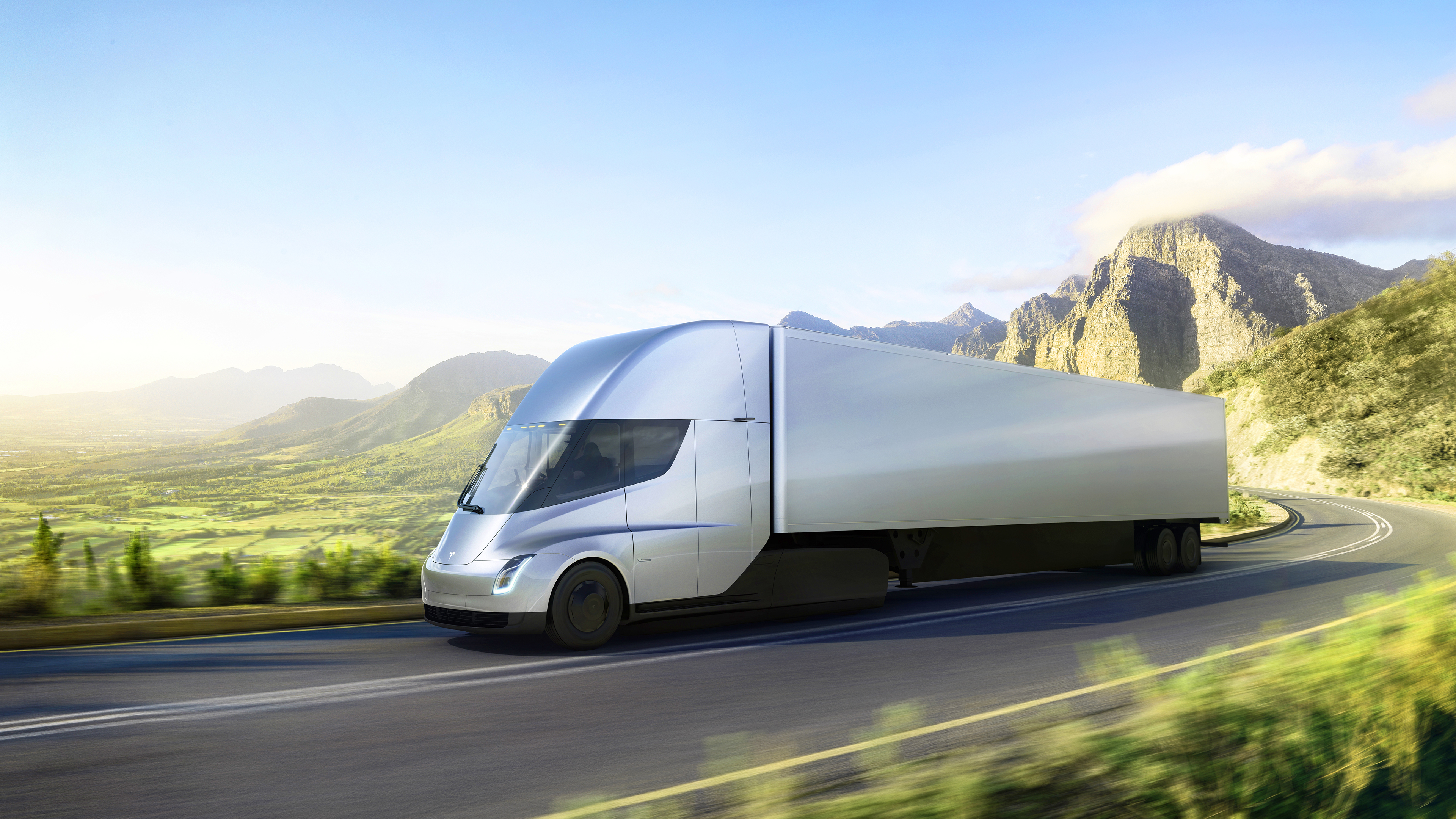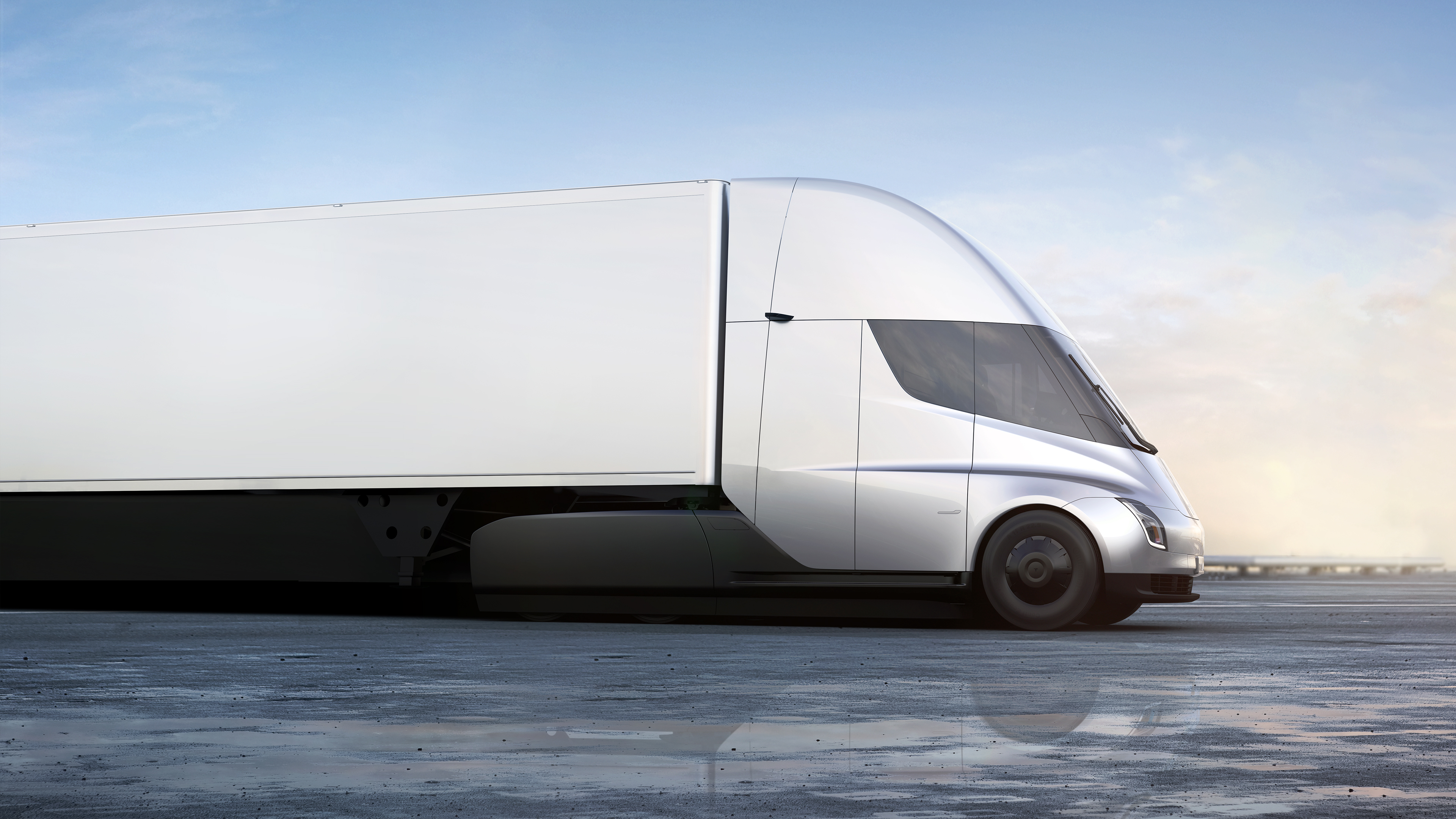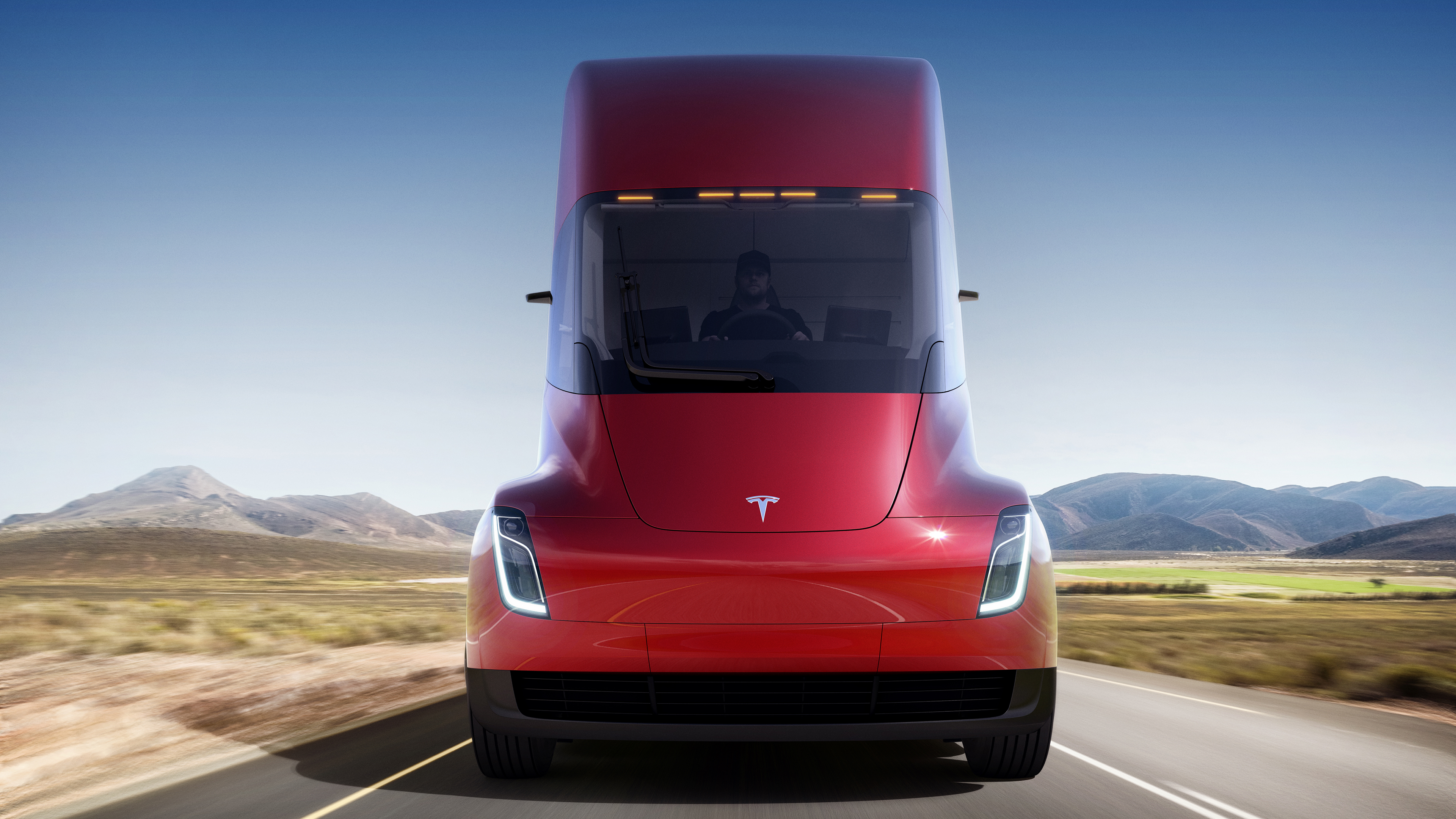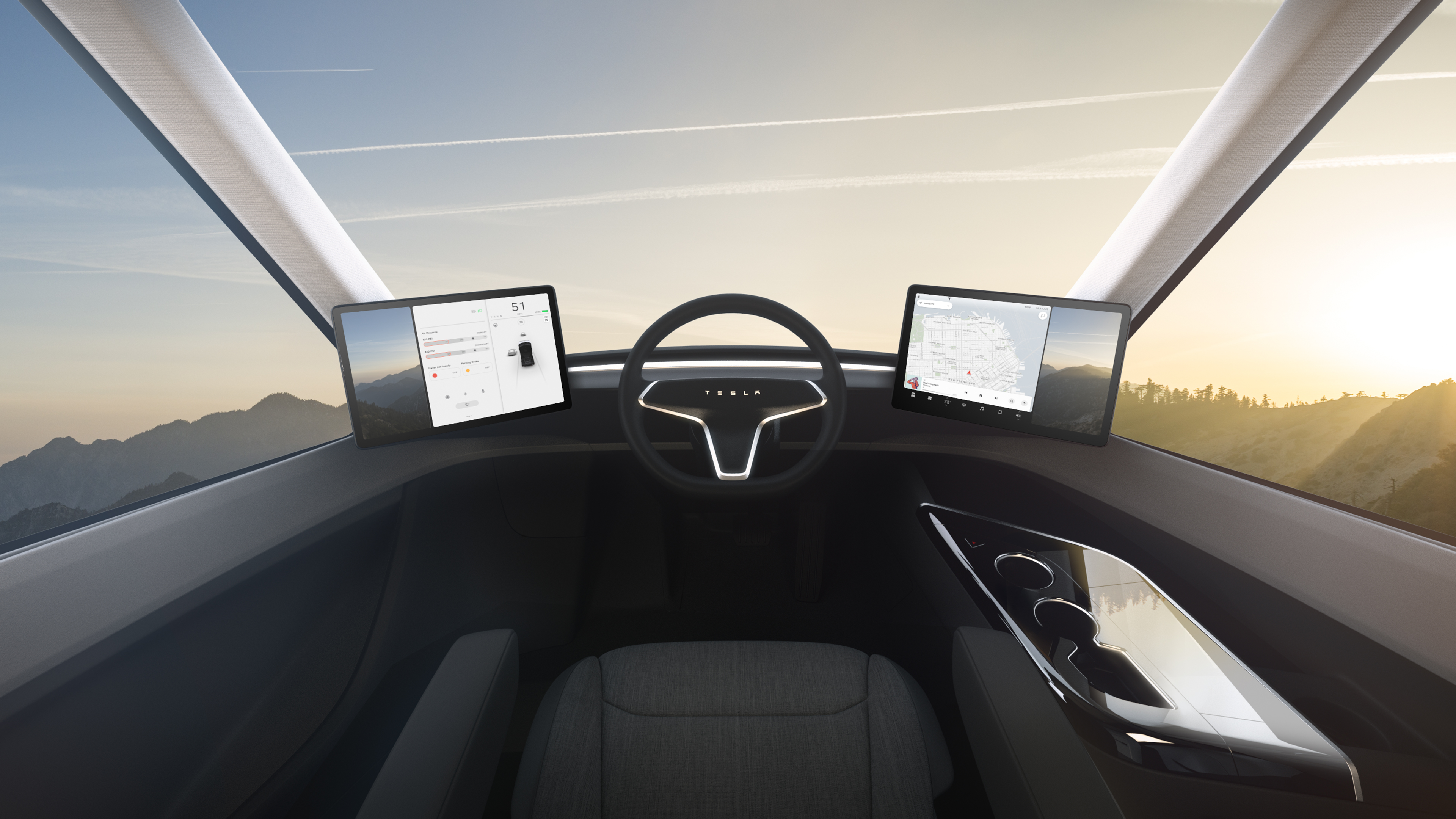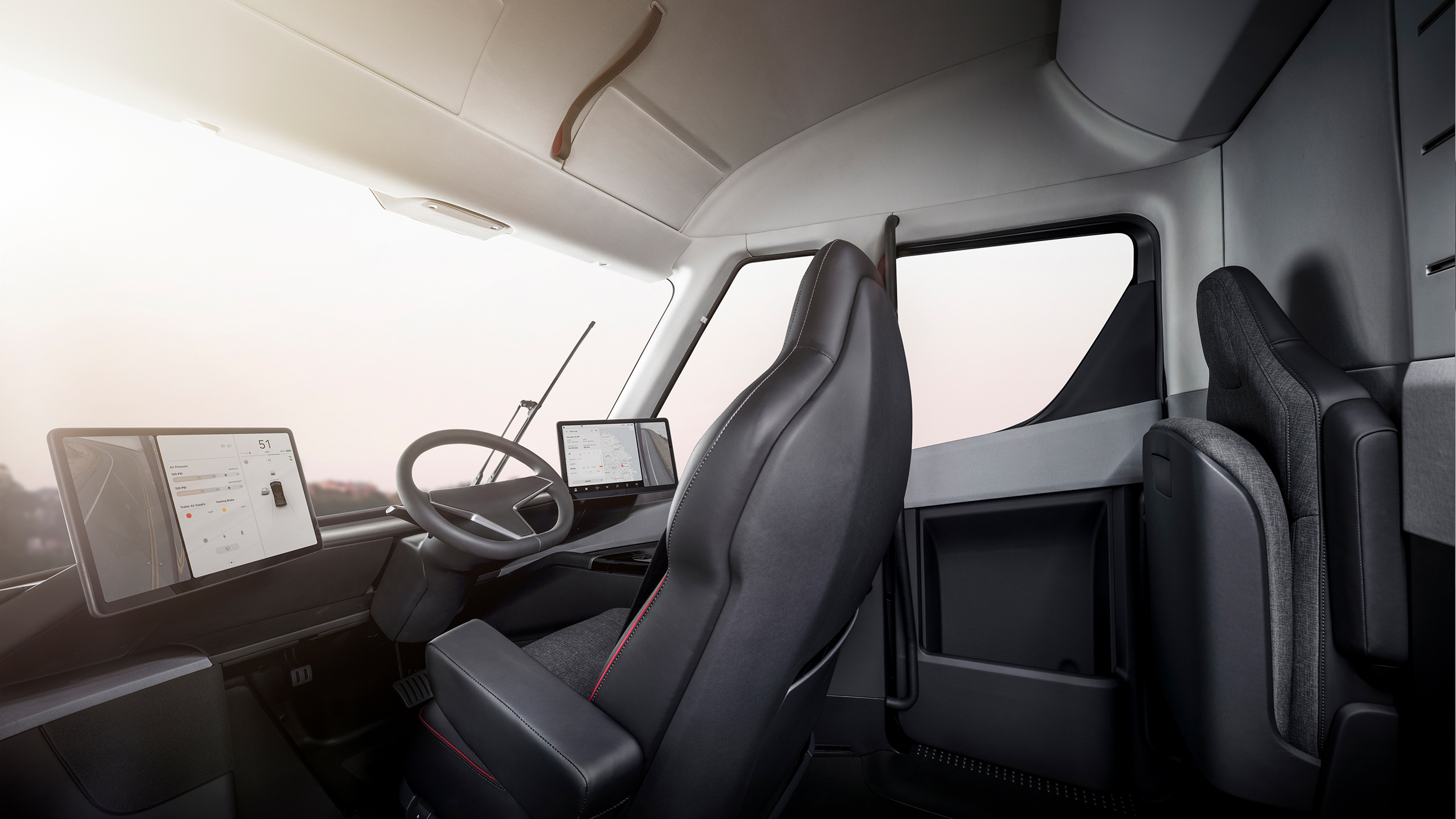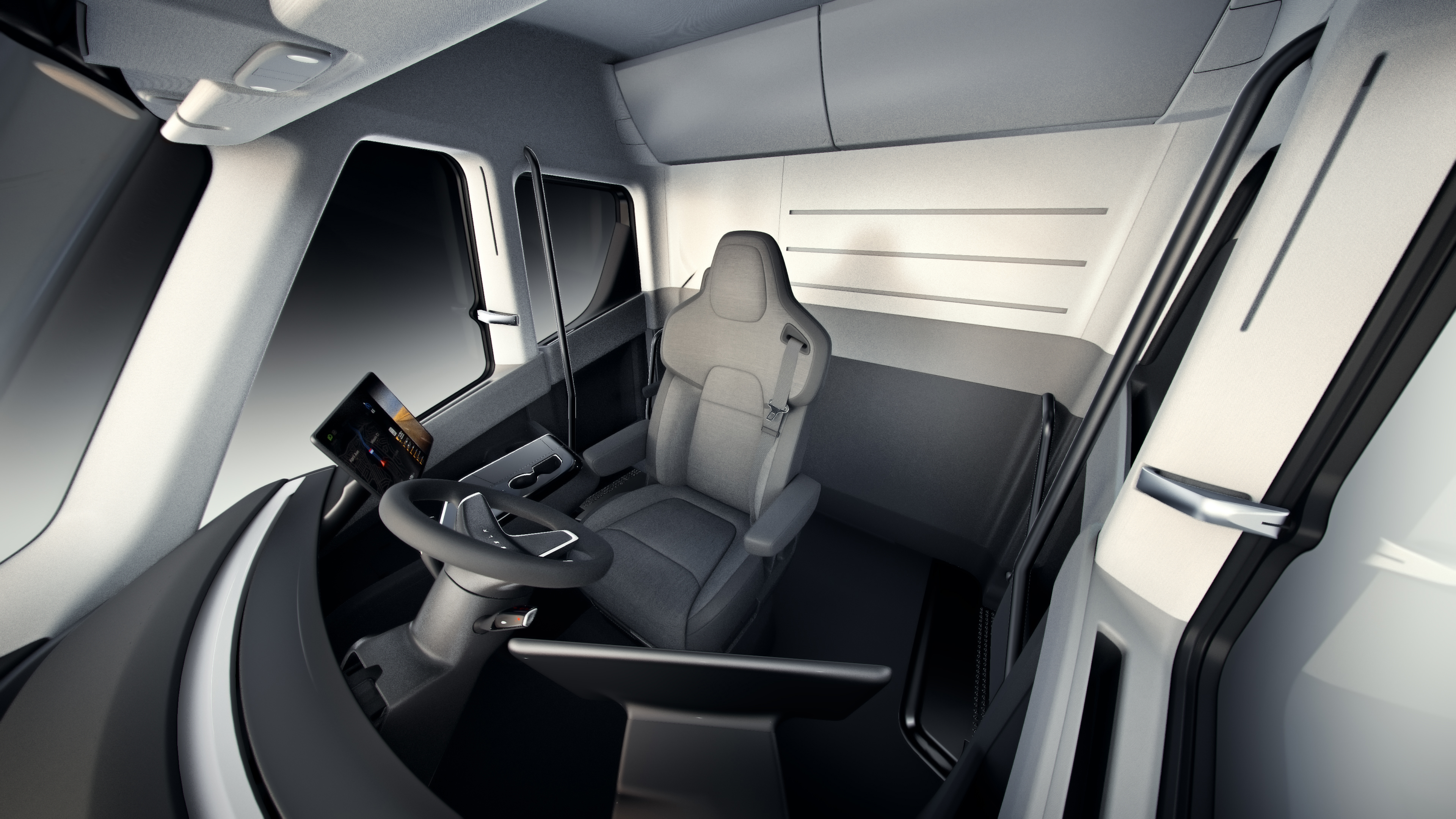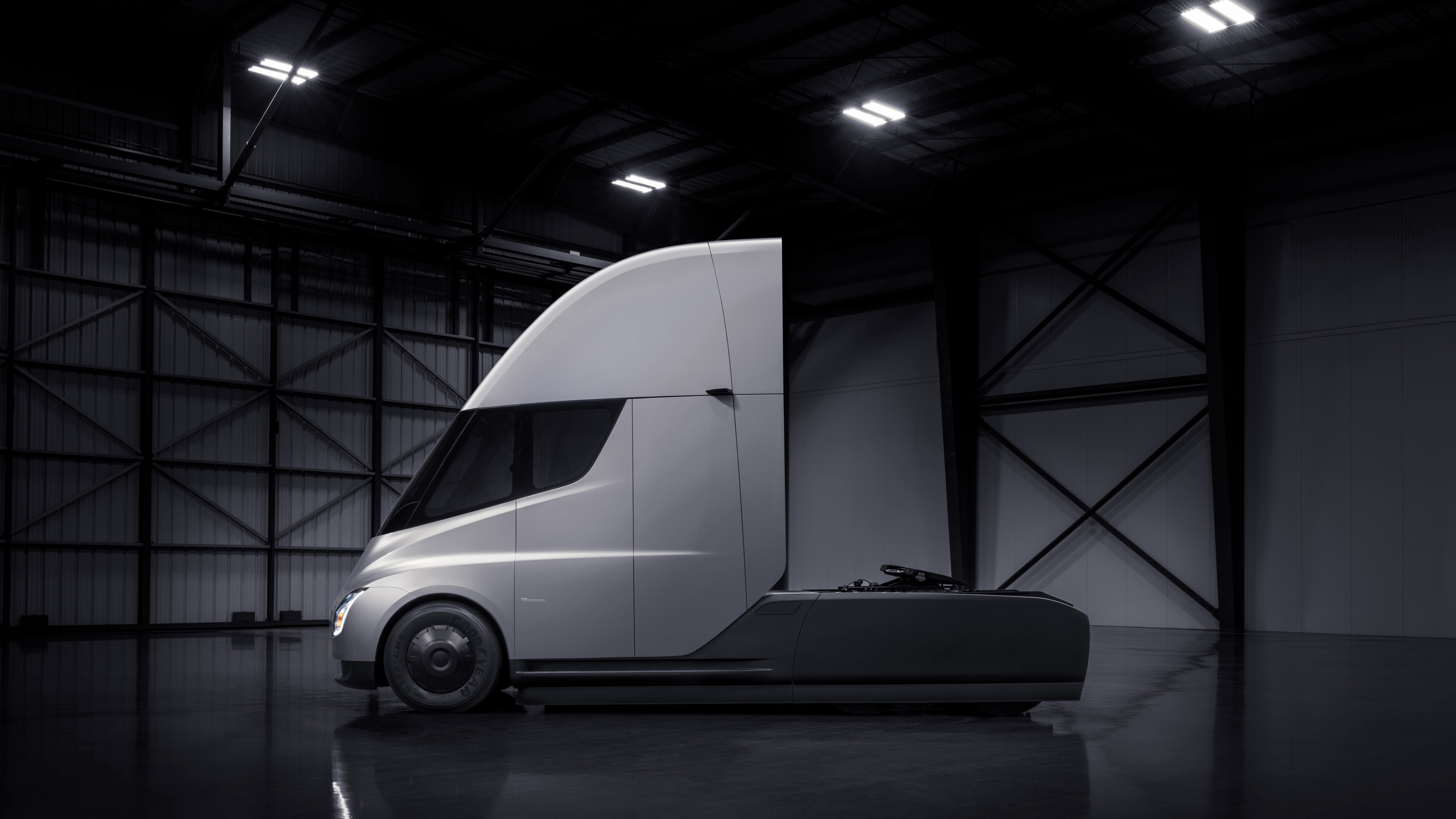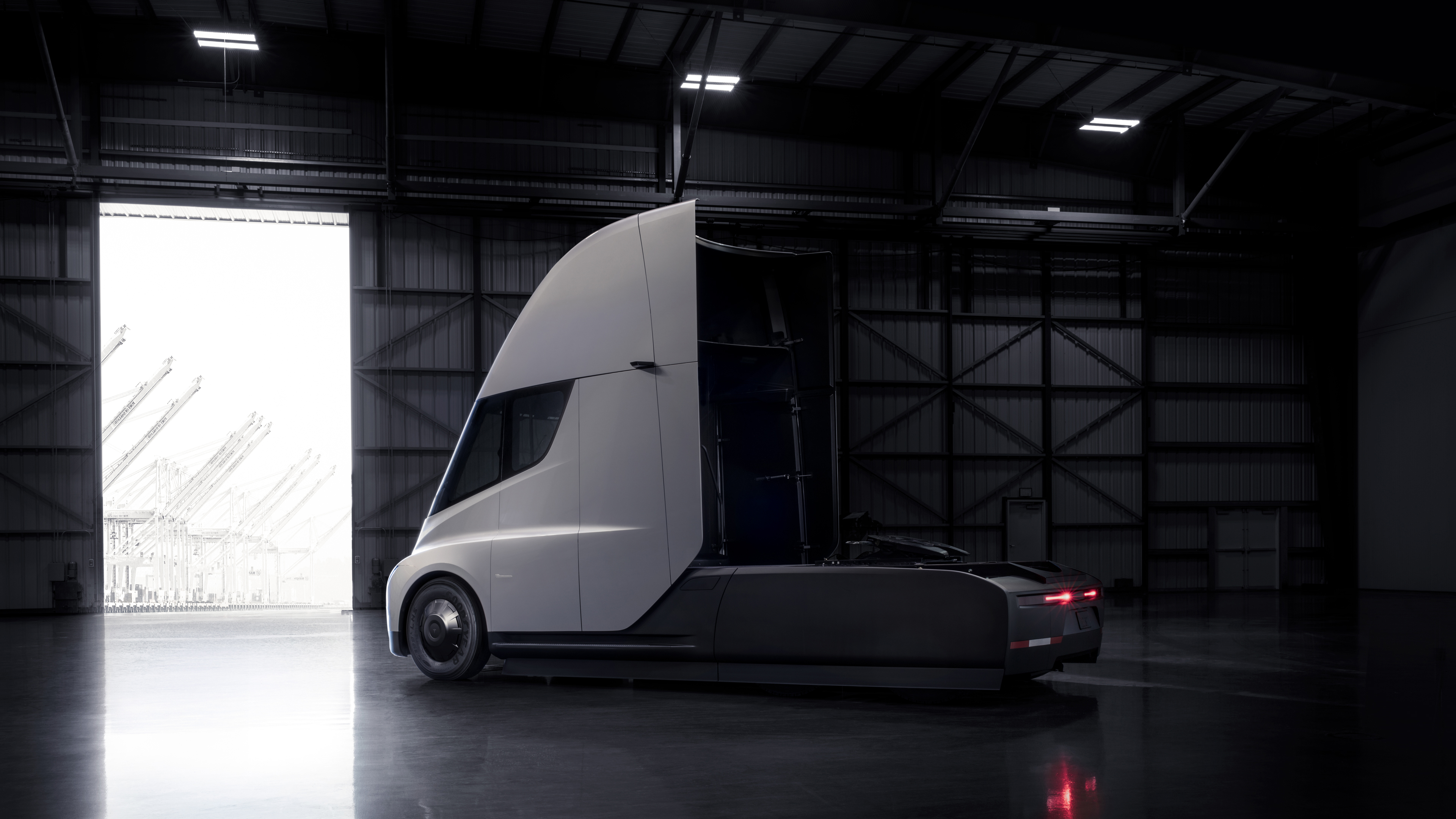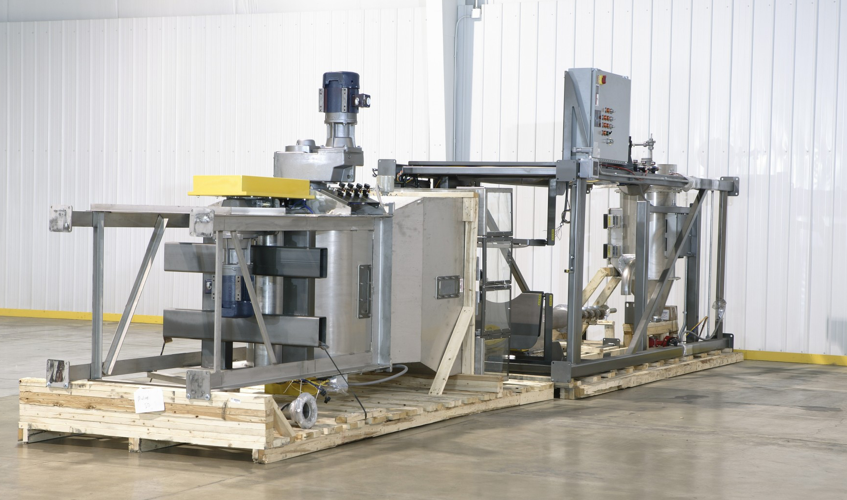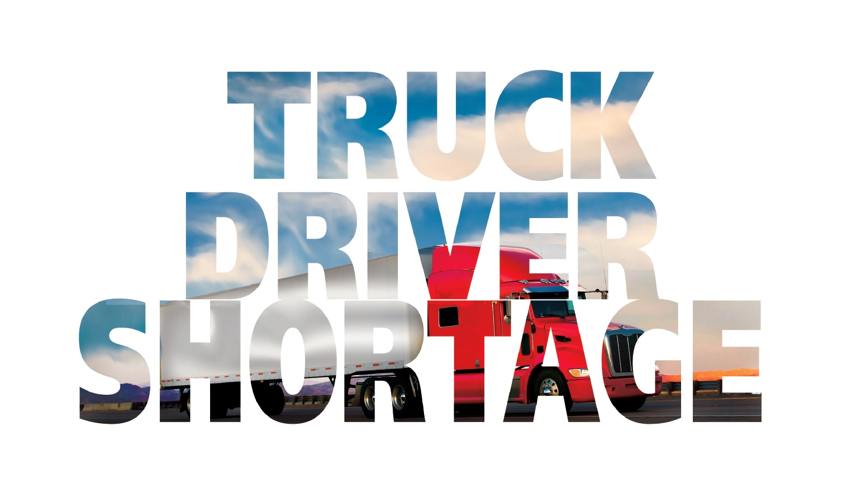Thanksgiving is upon us once again and we have so much to be grateful for!
We’re grateful to be the trusted provider of logistical solutions for our clients and to have their continued support. We’re grateful to our Zip drivers who come in and make their pickups at our customers with their dedicated service to the company.
We’re grateful for our entire staff of great employees who have made great customer service their mission for Zip Xpress. In an industry where the customer’s needs often comes second, we’re grateful for our employees for keeping our focus on you the customer.
We’re grateful for our innovative team who created our unique Expedited LTL Service, Blanket Wrap Service and our Headload Service which allows us to rise and become one of the most sustainable service providers in the nation.
Finally, we’re grateful for you the customer. If it wasn’t for you, we wouldn’t be Michigan’s premier courier. If it wasn’t for you, we wouldn’t be able to build towards our mission of being one of the most sustainable logistics companies in the market. We thank you every day for your business, but we wanted to do so in public.



